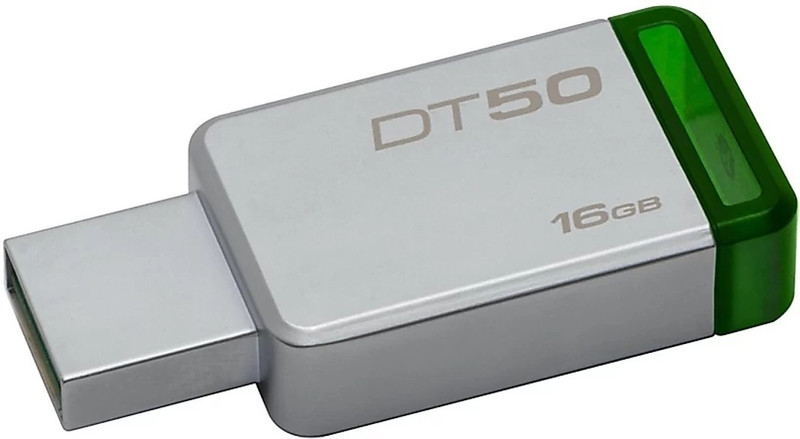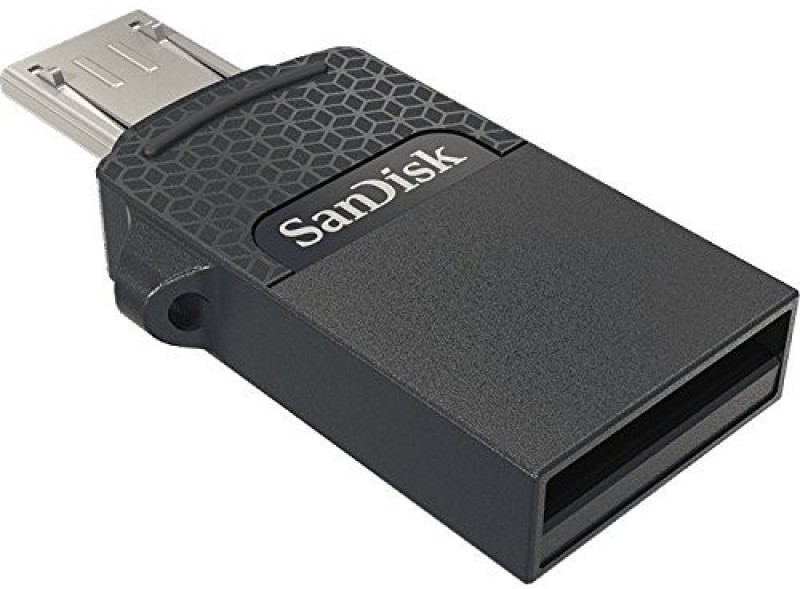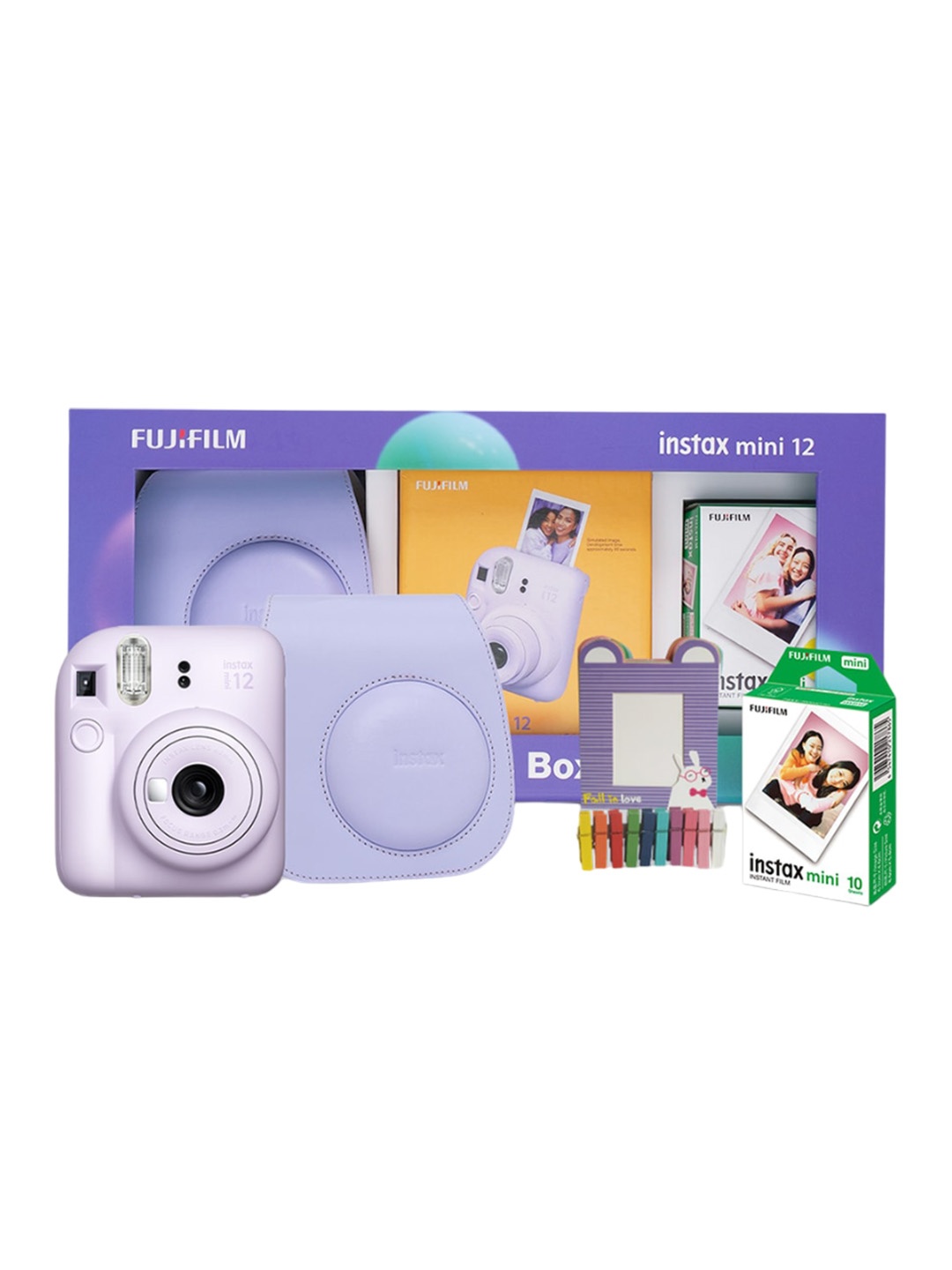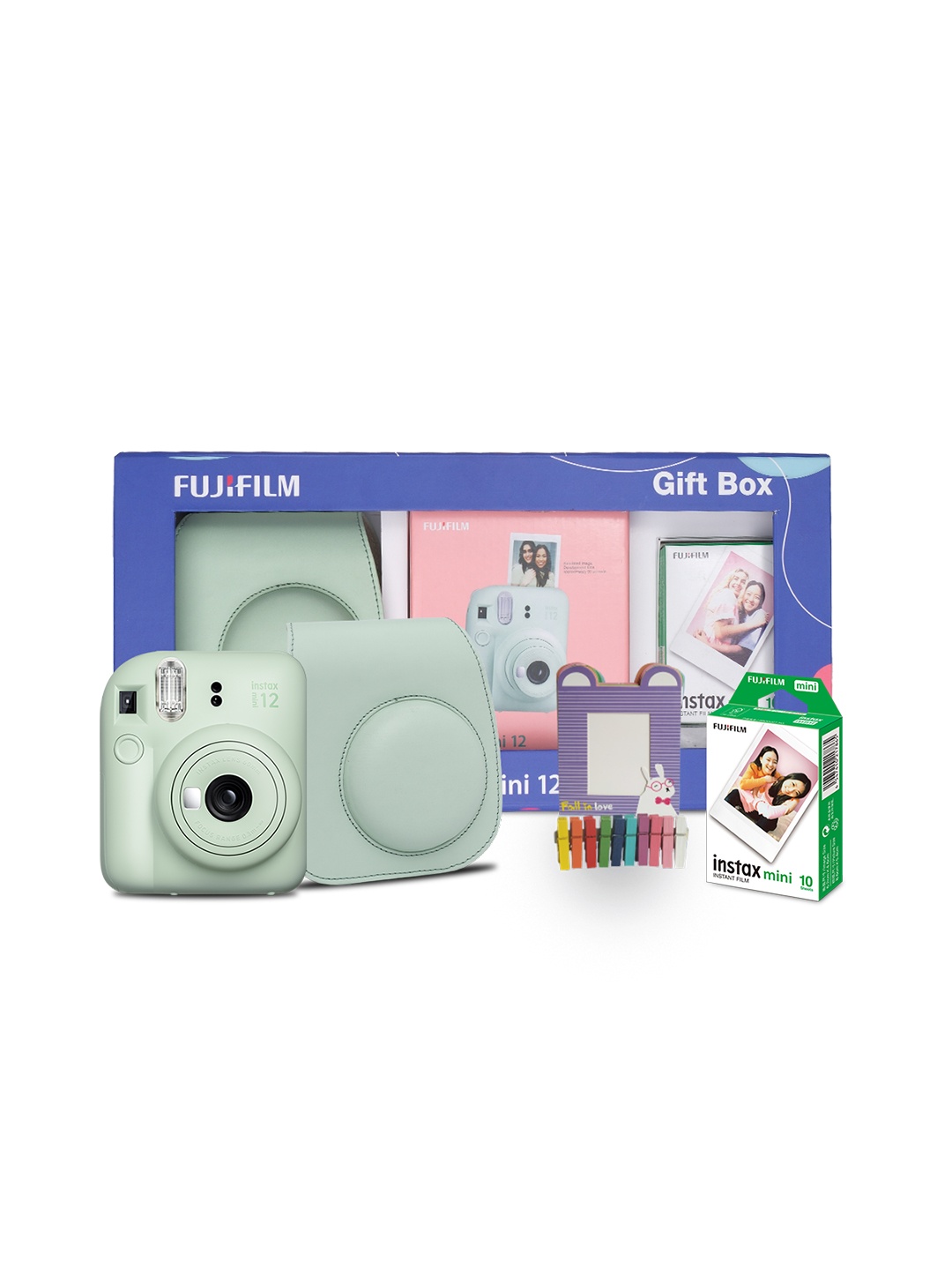Is Your Batter Too Runny Or Too Thick? Why A Wet Grinder Might Be The Real Fix

Anyone who's tried making dosas, idlis, or even the crispy vadas knows the delicate balance required to get the batter just right. Too thick, and you'll be scraping away, trying to get a smooth consistency. Too runny, and it'll spread out all over the pan, making a sticky mess instead of a perfect, crisp dosa. If this sounds familiar, then you're not alone. The quest for the perfect batter is one that almost every home cook embarks on, and it's often filled with moments of frustration and trial and error.
The good news? There's a solution. A wet grinder. This kitchen appliance, often overlooked in favour of blenders or mixers, holds the key to achieving the perfect batter consistency every time. In this article, we'll explore why your batter might be too runny or too thick, and how a wet grinder could be the fix you never knew you needed. So, let's break it down, shall we?
1. The Mystery of Perfect Batter Consistency
Perfect batter consistency is like the Holy Grail of South Indian cooking. Whether you're trying to make fluffy idli or crispy dosa, the texture of the batter plays a pivotal role. If your batter is too runny, it won't hold together in the pan. Instead, it spreads out into a thin puddle that sticks and becomes unmanageable. On the other hand, if it's too thick, your dosa will come out dense, rather than crisp and golden.
So, what's the secret? It starts with knowing what goes into your batter. Traditionally, a wet grinder helps achieve a smooth, well-blended texture by gently grinding the rice and urad dal (black gram) into a fine paste. This slow, consistent process produces the ideal batter consistency without over-processing the ingredients, which is where blenders or mixers can sometimes go wrong.
The power of a wet grinder lies in its ability to grind ingredients evenly and maintain the right texture without causing the batter to become watery or too thick. You might find that your current method of using a regular mixer or blender just can't match the precision that a wet grinder offers. It's the key to smooth, airy batters, and the proof is in the dosa.
2. The Wet Grinder: A Game-Changer For Consistency
The wet grinder works by using stone rollers to gently grind ingredients in a smooth, even manner, without generating excess heat. This makes it significantly different from other methods like blenders or food processors, which often crush the grains too quickly, creating a paste that is uneven in texture.
When the batter is ground using the wet grinder, it retains a more delicate consistency that helps with fermentation. Fermentation is crucial for dosa and idli, as it allows the batter to rise and develop the characteristic fluffiness or crispiness. A smooth batter, free of lumps, allows air bubbles to form during fermentation, leading to that perfect rise that you can only achieve when the batter is just right.
With the wet grinder, you don't have to worry about over-wetting the batter or ending up with a paste that's too dense. You get to control the consistency based on your preferences, and the results speak for themselves, fluffy idli and golden, crispy dosa that are a delight to eat.
3. The Struggle With Runny Batter: Why It Happens
If you've ever faced the dreaded runny batter, you know the frustration it causes. A batter that's too thin will refuse to hold shape, resulting in a dosa that spreads out into a large, limp mess rather than holding its form.
Runny batter typically occurs when there's too much water added during the grinding process. But it's not just about the amount of water; it's also about how the water interacts with the ingredients. Mixers and blenders, while powerful, tend to crush the rice and dal too aggressively, causing the release of excess starch and water. This makes the batter watery, causing it to lose its structure.
The solution? A wet grinder. The slow grinding process that a wet grinder employs retains more of the rice's structure, allowing you to control the water content better. The slower method helps extract the perfect amount of starch, giving you a thick but workable batter, not a soupy mess. It also ensures that the rice and dal are evenly broken down, which helps the batter hold its shape while also allowing for proper fermentation.
4. The Thick Batter Problem: It's Not Always Better
On the flip side, some might think that a thicker batter is better for making dosa or idli. After all, doesn't a thick batter mean a fluffier idli or a crispier dosa? Well, not always. While it's true that a thick batter can result in a fluffy idli, a batter that's too thick can make your dosa heavy and chewy, rather than light and crispy.
The issue with thick batter is that it doesn't spread evenly on the griddle. As a result, your dosa may become difficult to crisp up properly. In fact, some people struggle with flipping a dosa when the batter is too thick, as it tends to stick to the pan.
Here again, the wet grinder provides a solution. By allowing the rice and dal to grind to a fine paste, it prevents the batter from becoming overly thick. The smooth, consistent texture created by the wet grinder helps to achieve that perfect balance of thickness, just enough to hold shape but not too much to weigh down the dosa. This ensures that your dosa comes out with a crisp, golden texture, just like they should.
5. Fermentation Made Easy: The Wet Grinder Advantage
Fermentation is one of the most crucial aspects of dosa and idli preparation. It's this process that turns the batter from a basic mixture of rice and dal into a light, airy delight that's full of flavour. But for fermentation to happen properly, the batter needs to have the right consistency. Too thin, and it won't rise properly; too thick, and the yeast won't be able to work its magic.
The slow grinding process of the wet grinder not only ensures that your batter has the right consistency, but it also creates the ideal environment for fermentation. The smooth batter allows air pockets to form more easily, which aids in the rise of the dough. This is why many seasoned cooks swear by the wet grinder, it's not just about making the batter smooth; it's about setting the stage for perfect fermentation.
Once the batter is ground and stored for fermentation, you'll notice that it rises beautifully, becoming fluffy and light. No more flat idli or dense dosa that refuse to cook properly.
6. Less Mess, More Control: Why Wet Grinders Are Easier To Use
Another advantage of wet grinders is that they are relatively easy to use and clean. If you've ever tried grinding batter in a regular mixer, you know how messy it can get. The batter splatters, and it's almost impossible to get the consistency just right without adding way too much water.
Wet grinders, on the other hand, are designed specifically for this purpose. They come with a large, stable drum that holds the ingredients in place as they are ground, reducing the mess and offering better control. The process is slower and more deliberate, but it ensures that the batter is of the perfect consistency without excessive water or mess.
Plus, the stone rollers inside the wet grinder are designed to mimic the traditional stone grinding method, which adds a bit of nostalgia to the experience. It's a simple yet effective tool that makes the whole process a lot more enjoyable and efficient.
7. The Cost Factor: Is It Worth The Investment?
When it comes to kitchen appliances, a wet grinder might seem like an extravagant purchase. After all, they are typically more expensive than a regular mixer or blender. But if you love making dosa, idli, or vada regularly, a wet grinder can be a worthwhile investment.
The price of a good wet grinder can range from Rs. 4,000 to Rs.15,000, depending on the brand and features. However, considering the consistency, convenience, and long-term benefits it offers, it's often money well spent. The perfect batter, enhanced fermentation, and better texture are all advantages that you'll quickly notice.
Moreover, wet grinders are durable and built to last for years, making them a reliable addition to your kitchen. Whether you're making batter every week or just occasionally, the investment in a wet grinder will save you time and effort in the long run.
8. Making The Switch: How To Choose The Right Wet Grinder
If you're considering making the switch to a wet grinder, there are a few factors to keep in mind. The size of the grinder is important, especially if you make large batches of batter. Most wet grinders come in a range of capacities, from 1.25 litres to 2 litres, so choose one that fits your typical needs.
The motor power is also crucial. Higher power means faster and more efficient grinding, but it can also mean more noise. So, if you're sensitive to sound, look for a grinder with a quieter motor.
Additionally, the material of the grinding stones should be considered. Stone rollers are typically preferred as they are gentler on the batter and provide the best texture. Some models also come with additional features like a batter cleaner, which makes cleaning the grinder easier.
Greenchef, Crompton To Ponmani, Top 8 Products On Flipkart Related To This Article
1. Greenchef SOLONA Wet Grinder
2. Crompton ACGW DURO CLASSIC Wet Grinder
3. Prestige Ultima Pro Wet Grinder
4. SMARTFINGERS CP001 Wet Grinder
5. ULTRA Grind+Gold 2.0 L Wet Grinder 1.25 L
6. Ponmani Power Plus Tilting Wet Grinder
7. ULTRA Bigg + 2.5-Litre Table Top Wet Grinder
8. SMARTFINGERS Masala + Table Top Masala Wet Grinder 230V 50hz 2 Liter Wet Grinder
If you've been struggling with batter that's either too runny or too thick, it might be time to consider a wet grinder. The consistent, even grinding that it offers leads to better control over the batter's texture, ensuring that your dosa and idli come out just the way you want them - totally delicious. Whether you're an occasional cook or an enthusiast, the wet grinder can be a game-changer, saving you time and frustration while delivering perfect results every time. So, why wait? It's time to grind your way to batter perfection.
Disclaimer: The images used in this article are for illustration purpose only. They may not be an exact representation of the products, categories and brands listed in this article.






























